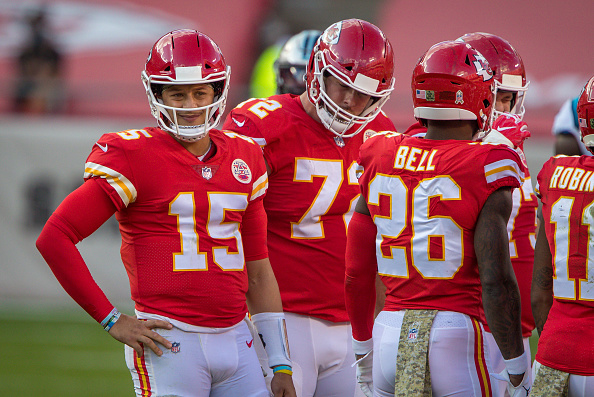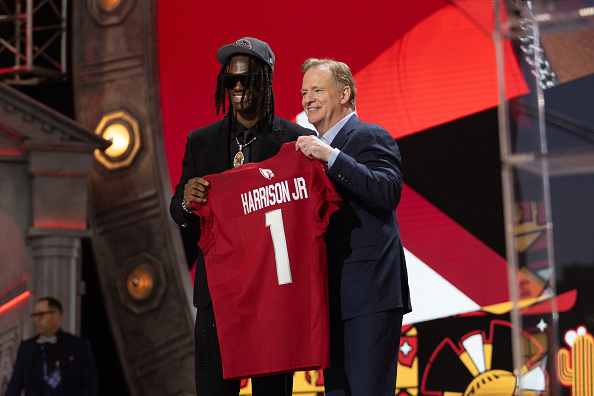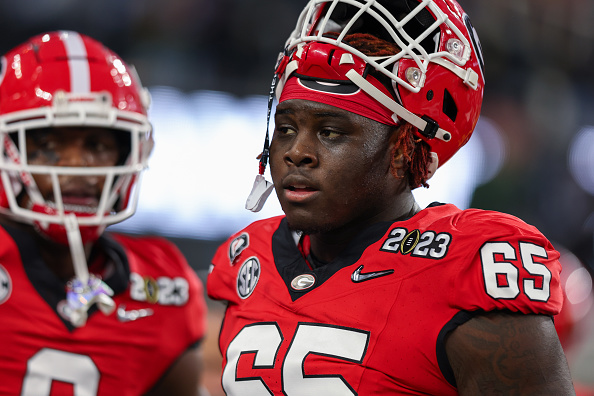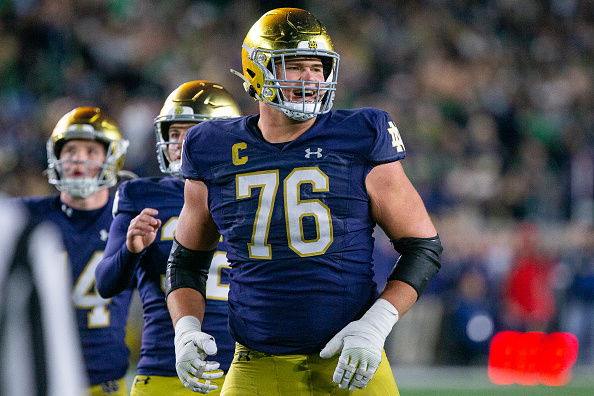As long as sports have existed, there has been a discrepancy between statistics and the “eye test”. Many proponents say stats are the best way to judge a player’s performance in a particular sport. Many will disagree, citing the eye test as a reason why player X is better than player Y. Some arguments stem from statistics, such as the cases for Drew Brees or LeBron James being the greatest of all time in their respective sports. Meanwhile, others will focus on the eye test, giving the likes of Tom Brady or Michael Jordan the nod over Brees and James.
Applicability Across Sports
Statistics are generally at the forefront of baseball, though in recent years football, basketball, and hockey have all been subject to the influx of sabermetrics. In 2020, all four sports have advanced analytics that franchises use to acquire players, win games, and eventually win championships. These advanced analytics do not discredit basic stats, but they try to be closer to the eye test than the basic stats traditionally are.
Focusing on Football
The most pressing example of “fake“ stats are turnover-worthy plays and big-time passes. These metrics that were created by Pro Football Focus are a tangible way to distinguish between excellent throws and awful throws. As a fan, these throws elicit certain responses. If your quarterback completes a big-time pass, you might jump out of your chair or scream “that’s a dot.” On the other hand, turnover-worthy plays can be when a fan screams expletives at their TV and call for the quarterback to be benched. Turnover-worthy plays and big-time throws are a tangible way of measuring these reactions.
PFF denotes a big-time throw as a positively-graded throw above +1.0. They denote a turnover-worthy play as a negatively-graded throw below -1.0.
The argument is that only real stats end up mattering, that would be correct, but…
Player performance can be judged in many different ways beyond the box score. For example, dropped interceptions may not show up in the stats, but they can be predictive of the future. Through nine games, Patrick Mahomes has just one interception. Chiefs fans can point out that Mahomes is playing at an elite level and not turning the ball over. A look at many of his throws, however, shows that he has gotten away with a handful of potential interceptions. While he is still playing at a high level, the Chiefs quarterback should have more than one interception so far. The discrepancy matters because Mahomes cannot expect to make the same throwing errors and still maintain a sterling 25-to-1 touchdown-to-interception ratio.
The casual fan might only care about actual touchdowns and turnovers, but one can be certain that Andy Reid told Mahomes not to make that throw again after he threw it right to a defensive back. Even if the defensive back drops the pass, it’s still a horrendous throw.
Two-Way Street
The “fake” stat and “real” stat road goes both ways. Big-time throws measure passes by a quarterback that generally result in a touchdown. However, a wide receiver can drop a sure-fire touchdown just as easily as a defensive back could drop an easy interception. On the other hand, some touchdowns can come after a successful play by the receiver rather than a great throw by the quarterback. There have been many tipped passes by the defense that end up as scores or big plays for the offense even though the offense made an error in throwing the ball there.
Stats often fail to show the whole story; not all scoring passes are the same. For every cut-and-dry touchdown and yard accumulation, many touchdowns and yards are left on the table because of a drop or bad offensive line play. Likewise, there are many plays that the quarterback fails on, but if a wide receiver makes an unbelievable catch and eludes three defenders, the signal-caller’s stats will look great.
The best course of action is doing a mix of the two. Watching the game is the best way of analyzing players. However, when one cannot watch the game, stats such as big-time throws and turnover-worthy plays can paint a better picture than pure touchdowns and pure interceptions.
Aren’t those plays subjective?
Technically, yes, they are subjective. However, much of sports analysis is subjective. Even a purely statistical viewpoint is subjective because one must decide what stats to use and not use. In football, this can be as simple as using touchdowns or yards over the other. In many cases, the same player does not sweep major stat categories. In 2019, Jameis Winston had the most passing yards but Lamar Jackson had the most passing touchdowns. Prioritizing yards or touchdowns is a subjective decision.
Check us out on our socials:
Twitter: @PTSTNews and @TalkPrimeTime
Facebook Page: Prime Time Sports Talk
Join our Facebook Group: Prime Time Sports Talk
Instagram: @ptsportstalk
Follow Ryan Potts on Twitter @MrSplashMan19
Main Image Credit:









0 Responses